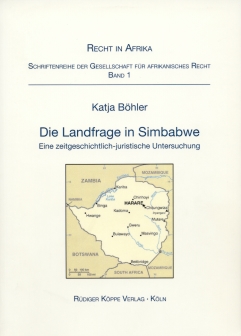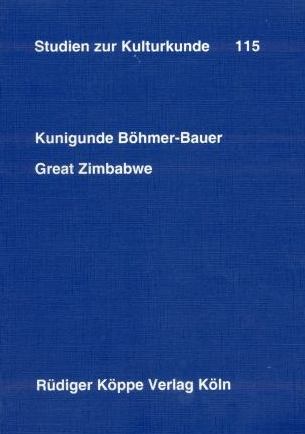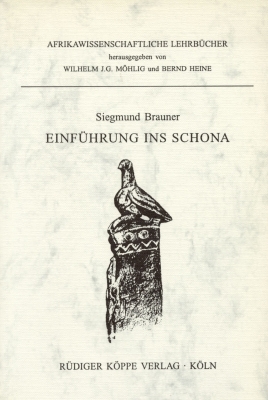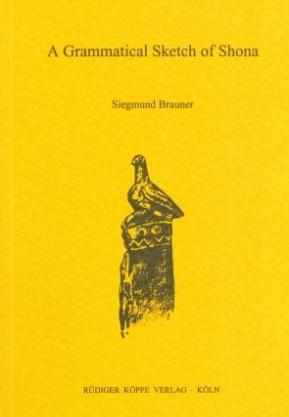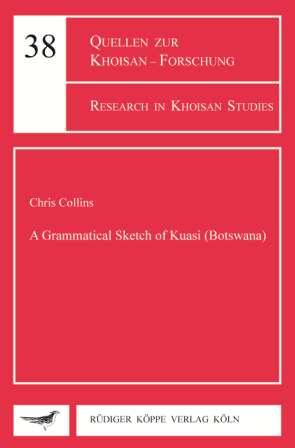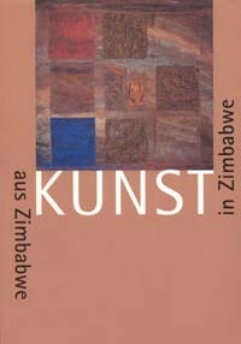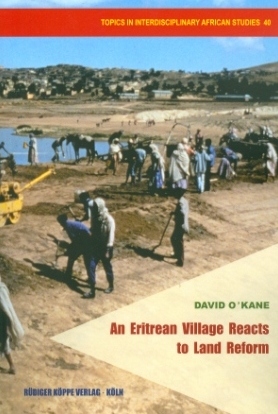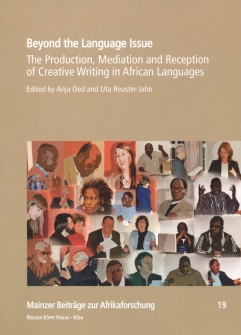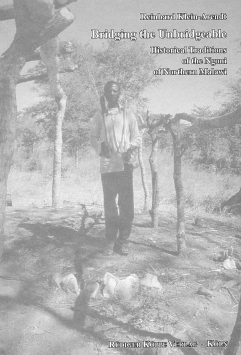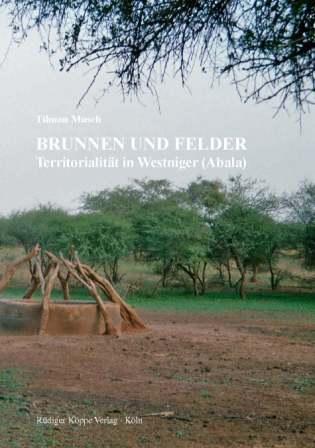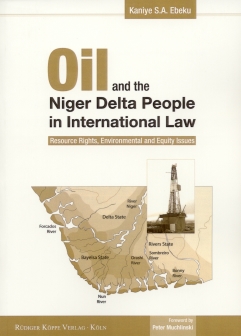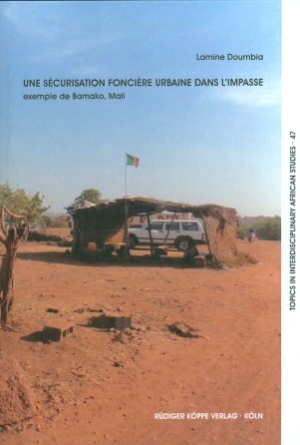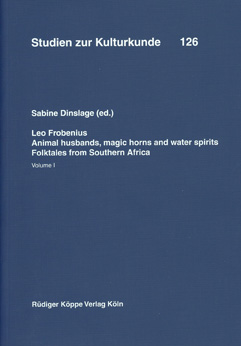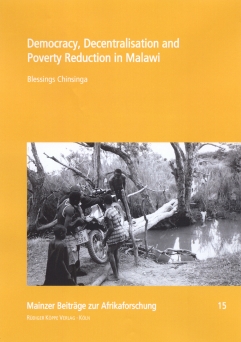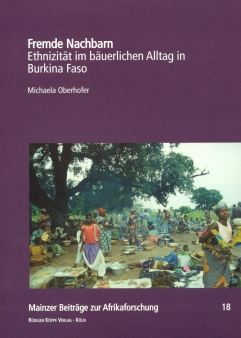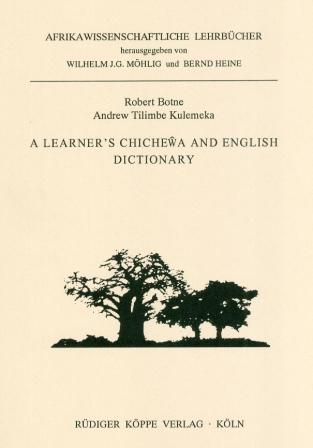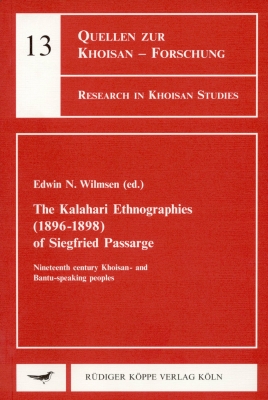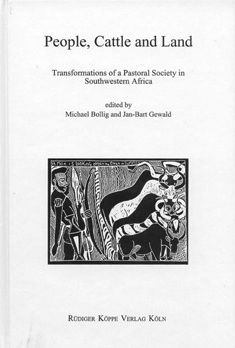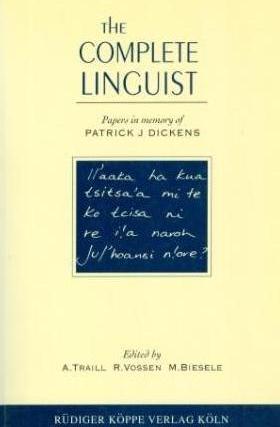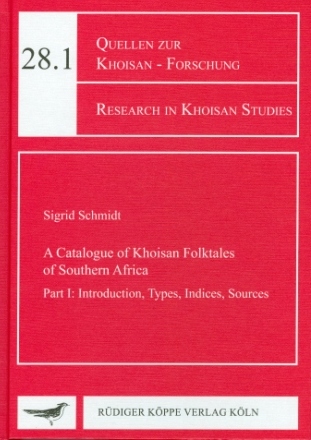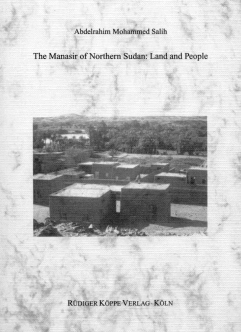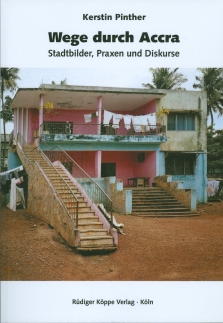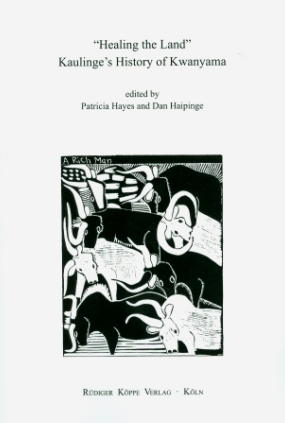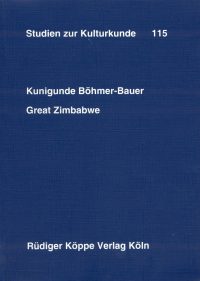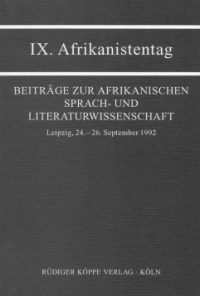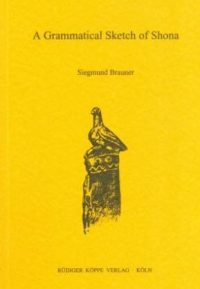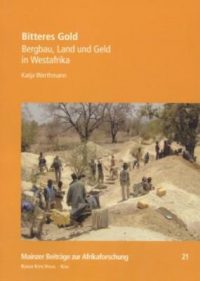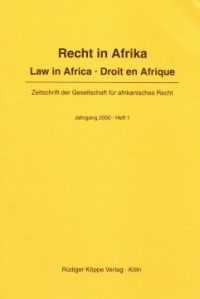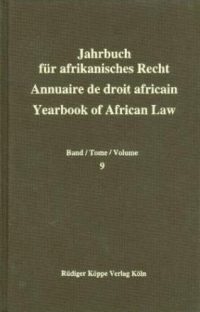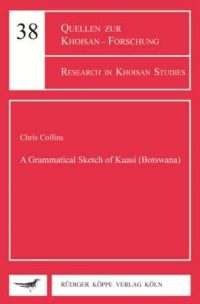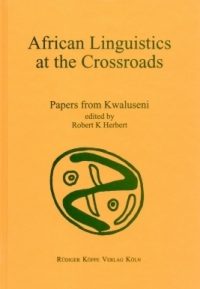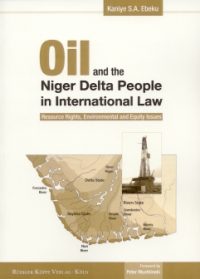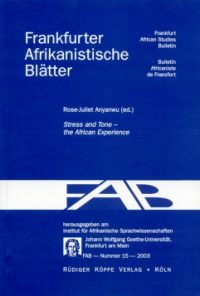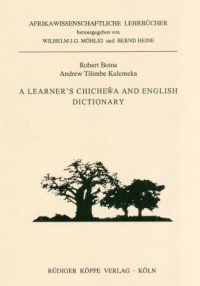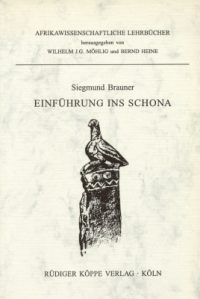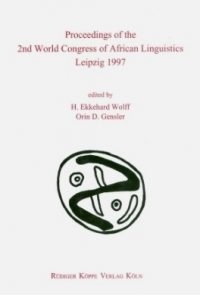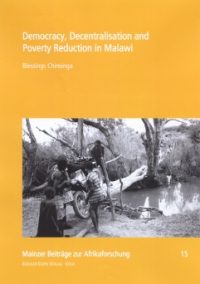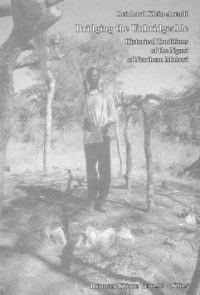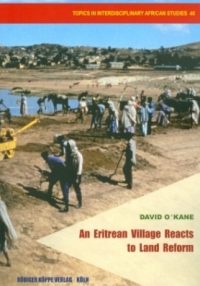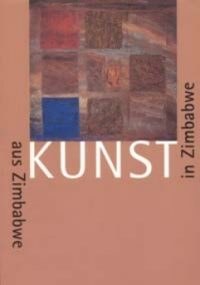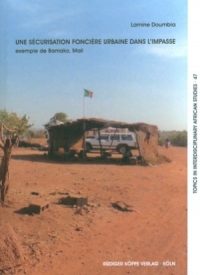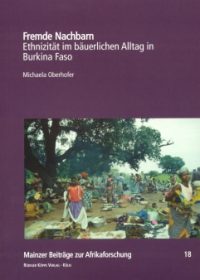2006
XXIV, 295 pp.
2 maps, chronological table, numerous tables and charts, 5 appendices: I. Wechselkurs-Entwicklung 1980–2003, II. Verteilung der Böden nach der Unabhängigkeit, III. Karten von Simbabwe, IV. Auszüge von 35 Gesetzestexten, V. Literaturverzeichnis
Text language: German
At the end of the nineteen-nineties Zimbabwe left the path of constitutional legality. Since the year 2000 the government adopted a radical line. It decided to disseize the white farmers without any compensations in order to change the distribution of land made in the colonial times. The farms were occupied by so called war veterans, and white judges at the Supreme Court were menaced in a very massive way and so forced to resign from office. At the same time the ripples of violence arranged by the war veterans began and put the whole country in a civil war-like state.
The present study is divided into three parts. First, the author gives a brief abstract of the distribution of land and land utilisation of Zimbabwe in precolonial times. After that the changes in the law and property system caused by the invasion of white settlers and the influences of the subsequent colonial power Greatbritain is described. At the same time the gradual denial of the indigenous land rights is examined. The royal enactments, the principle decision of the Privy Council in 1919, the comission reports which constituted the basis for the enactments of the racist land laws from 1930 on, and finally the land legislation until 1979 are focused and analysed here.
In the second part the development of the land question between 1980 and 2000 is described and the causes for the emerged crises are questioned. The author’s attention is in this part turned to the Lancaster House-Constitution of 1979, which constituted the legal frame for the expropriation of white farmers, and for the authorisation basis of the Land Acquisition Law of 1985.
The third part comprises the developments in the years 2000 until 2003, especially the constitution changes from April 2000, the farm occupations, the Fast-Track-Land-Reform, and the attempt of the government to legalise its illegal course through the acceptilation of laws. The situation in 2003 as well as the national and international reactions closes the examination. A comprehensive text appendix consisting of 35 wording of the law abstracts completes this study.
Under these links you will find publications on land and property law in African countries and further descriptions of languages, literature and cultures of Zimbabwe and of southern Africa:

